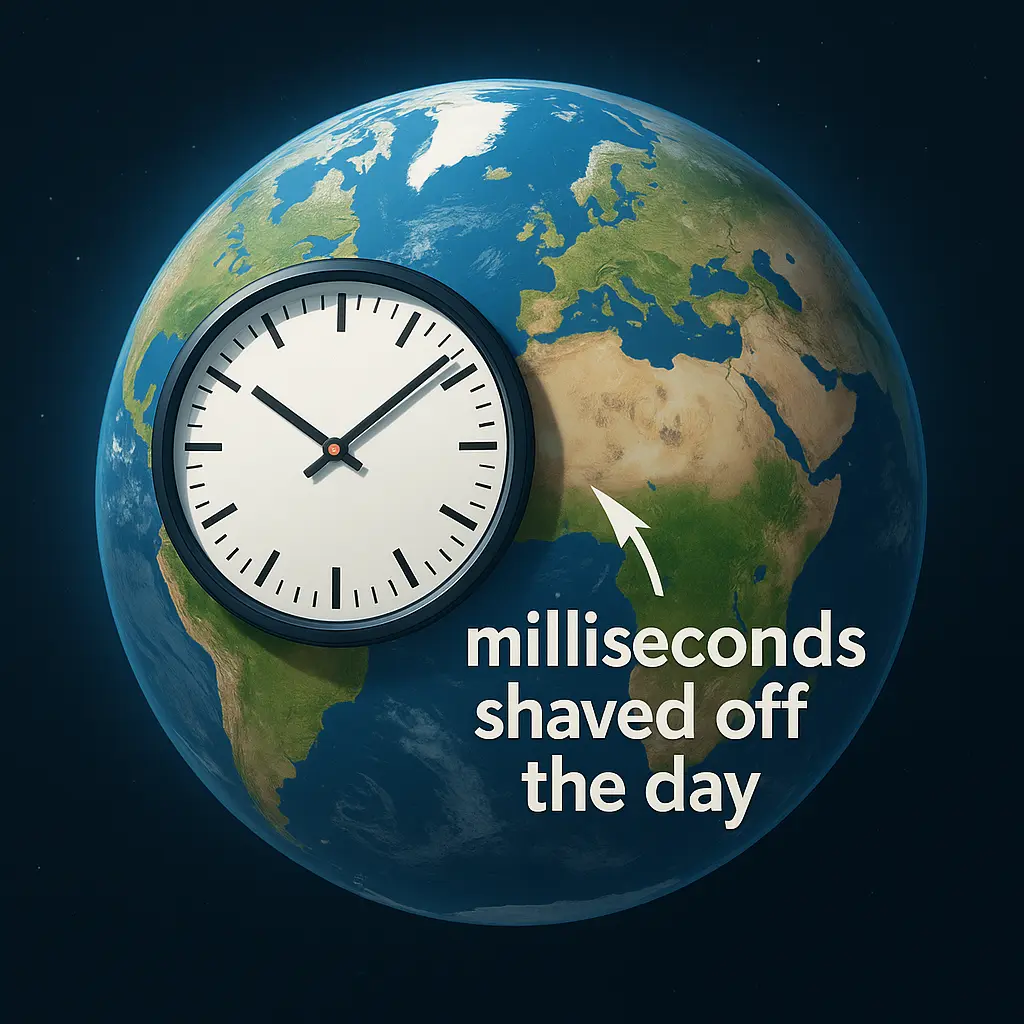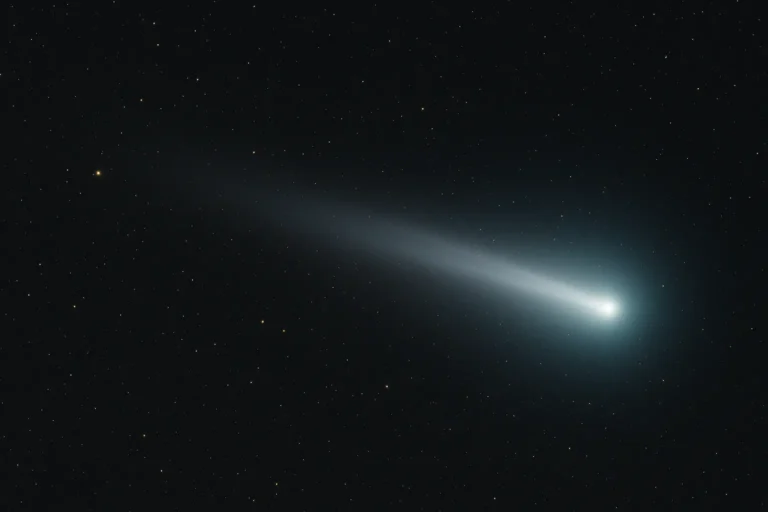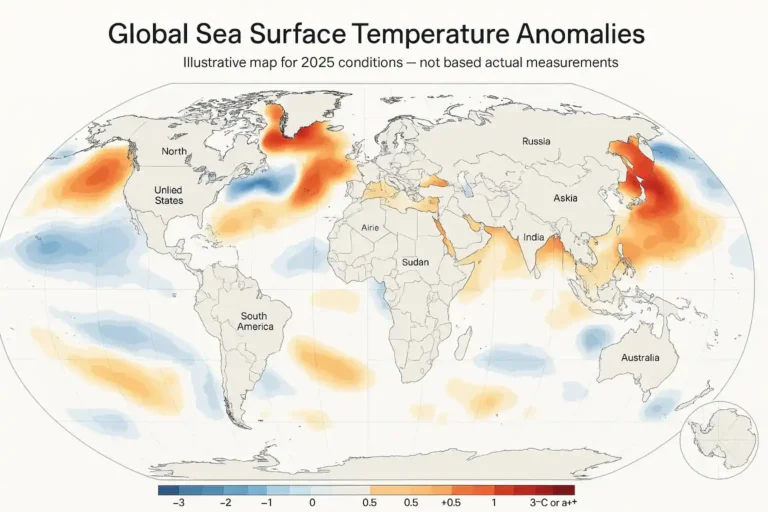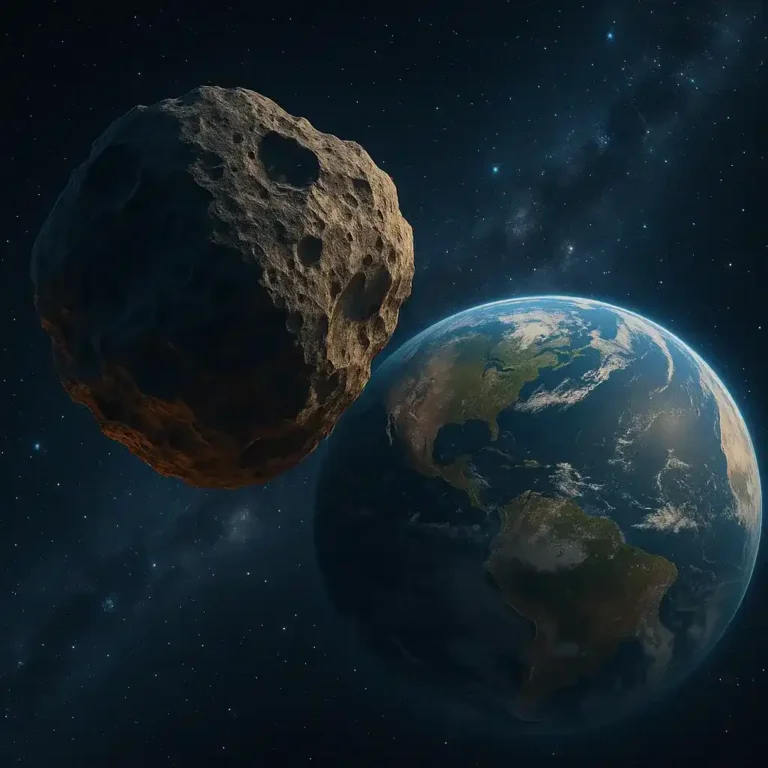The Earth’s rotation isn’t as constant as you might think. This summer, a strange space discovery has shifted terrestrial matters: Earth spins faster, making several days measurably shorter than the usual 24 hours—by as much as 1.5 milliseconds. While imperceptible in daily life, these changes are significant for scientific and technological systems.
Also watch: Enter Video Technology: How 3D Gaussian Splatting Brings Screens to Life
How Much Faster Earth Spins Faster, Causing Shorter Days?
On July 9, 2025, Earth completed its rotation about 1.3 to 1.6 milliseconds earlier than the standard 86,400 seconds . Similar brief shortenings occurred on July 22 and August 5, with August 5 clocking roughly 1.5 milliseconds less . The shortest day recorded in recent history was July 5, 2024, when the day was 1.66 milliseconds shorter[1].
What Causes These Tiny Time Shifts in Rapid Earth Rotation?
The shifts are largely attributed to the Moon’s gravitational position—particularly when it’s at a high declination near its apogee. In such positions, lunar gravity subtly accelerates Earth’s spin, contributing to the phenomenon where Earth spins faster shorter days are observed.
Other contributing factors include:
- Earth’s molten core and atmospheric dynamics, which can alter rotational speed .
- Mass redistributions—from melting glaciers and pole rebound—can slightly change Earth’s moment of inertia and rotation .
Earthquakes also play a small role: the 2004 Sumatra quake, for instance, sped up Earth’s rotation by microseconds .
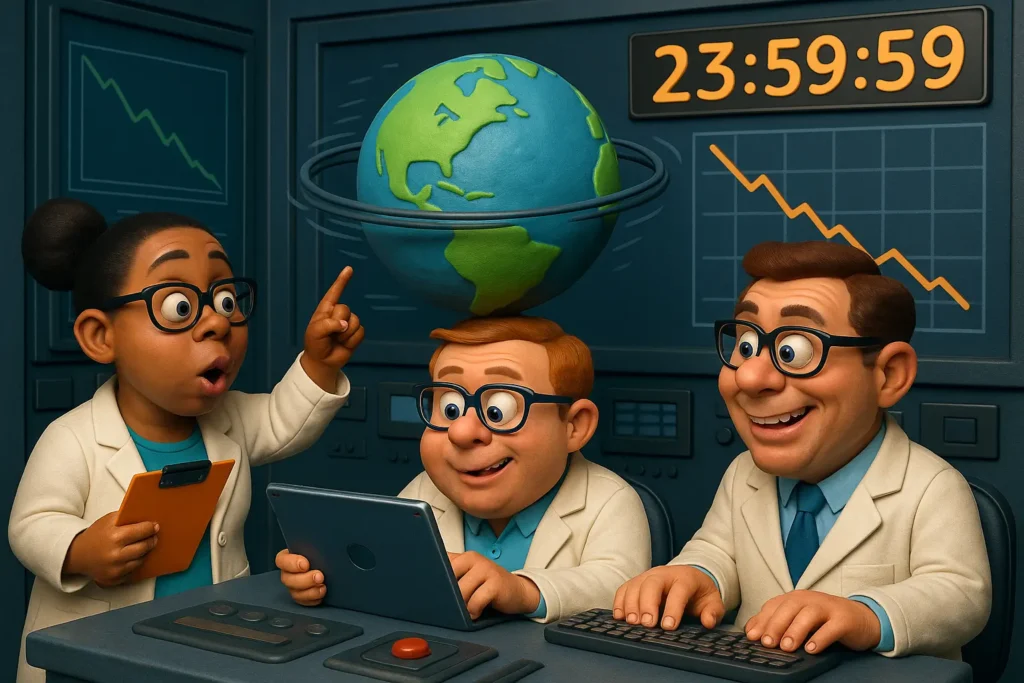
Why Those Milliseconds Matter
Although minuscule, these shifts pose challenges for ultra-precise timekeeping systems. Atomic clocks, GPS satellites, financial networks, and communications infrastructure rely on exact synchronization .
To compensate, authorities may need to introduce a negative leap second—a correction that has never been implemented before[2] .
Is This a Permanent Change?
Not necessarily. Although Earth’s long-term trend—due to tidal friction—is a slowing rotation (~2 ms per century), recent years have shown temporary accelerations. Earth spins faster shorter days are being recorded, but it likely won’t continue indefinitely; deceleration eventually dominates—though these temporary shorts may continue for decades.
Key Takeaways
- Several days in mid-2025 were shorter by ~1.3–1.5 ms due to faster Earth rotation, confirming that Earth spins faster shorter days are being recorded.
- The primary driver seems to be the Moon’s orbital position, with additional influence from geophysical processes.
- Though barely perceptible, these variations can impact high-precision technologies.
- Scientists monitor this trend closely—and global timekeeping bodies may soon face the unprecedented step of subtracting a leap second.
Also read: Strange Space Discovery: The Cosmic Object That Defies Explanation

